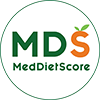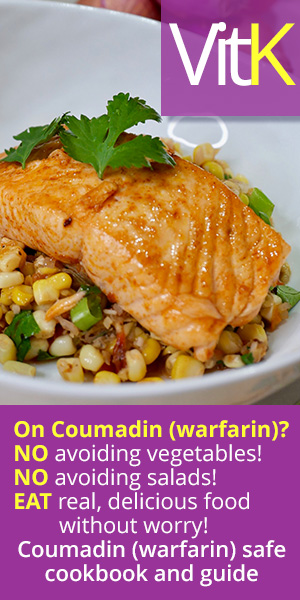How much junk are Americans eating?
In a general sense, we know people eat too much junk food.
In analyzing just how much "junk" people eat and that junk foods' effect on health, the difficulty has been in defining just what, exactly, junk food is.
Nutrition research is a comparatively new field, and until recently "junk food" has been a term applied to types of foods: salty snacks, desserts, and sweets are the three most common examples. This meant that foods like juice drinks (that are not 100% fruit juice) and foods with lots of added sodium or saturated fat were not considered junk foods.
In 2016 Chile implemented "the most comprehensive set of obesity-preventive regulations in the world," which applies additional sales restrictions to foods with excessive energy density as well as added saturated fats, sugars, and sodium ingredients.
For example: for solid foods, if 100 grams (about 3.5 ounces) of a product met any of these criteria:
>300 calories
>500 milligrams of sodium
total sugar of at least 15 grams
5+ grams of saturated fat
...that food is considered "junk". "Junk" definitions for liquid foods include 5 grams of sugar, 3 grams of saturated fat, and 80 grams of sodium per 100 grams (about 3.5 fluid ounces).
Using those criterion, how much junk do Americans eat?
Researchers analyzed data from two NHANES (National Health and Nutrition Examination Survey) surveys of 10,000+ adult Americans: one performed in 2015-16, and one in 2017-18 (J Nutr 2022;152:492-500). Using Chile's criteria, the authors determined which foods from the study's included dietary questionnaires would be considered "junk," then assessed the participants' reported intake.
The authors sliced and diced the participants in various ways according to age, ethnicity, and income level, but overall, US adults consumed an average of 4.8 junk food items daily: 1043 calories per day, or 47.1% of total caloric intake.
75% of total sugar intake was from junk. 48% of total saturated fat intake? Also from junk. Sodium intake from junk averaged 1669 milligrams per day - 45.5% of total sodium intake.
The majority of that sodium intake from junk foods came from bread, breakfast cereals, and processed meats, including beef, pork, poultry, and fish.
Sugar-sweetened beverages accounted for over 40% of added sugars from junk foods.
What this means for you
This only quantifies what we have known in general. The take home for you should be a long, hard look at what you eat: how much of it is processed junk? At the very least a first step should be to cut back or eliminate sugar-sweetened beverages, whether they are carbonated sodas or "fruit drinks".




